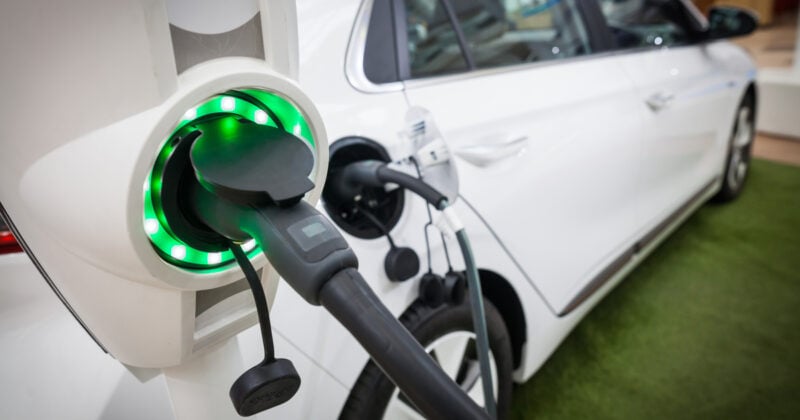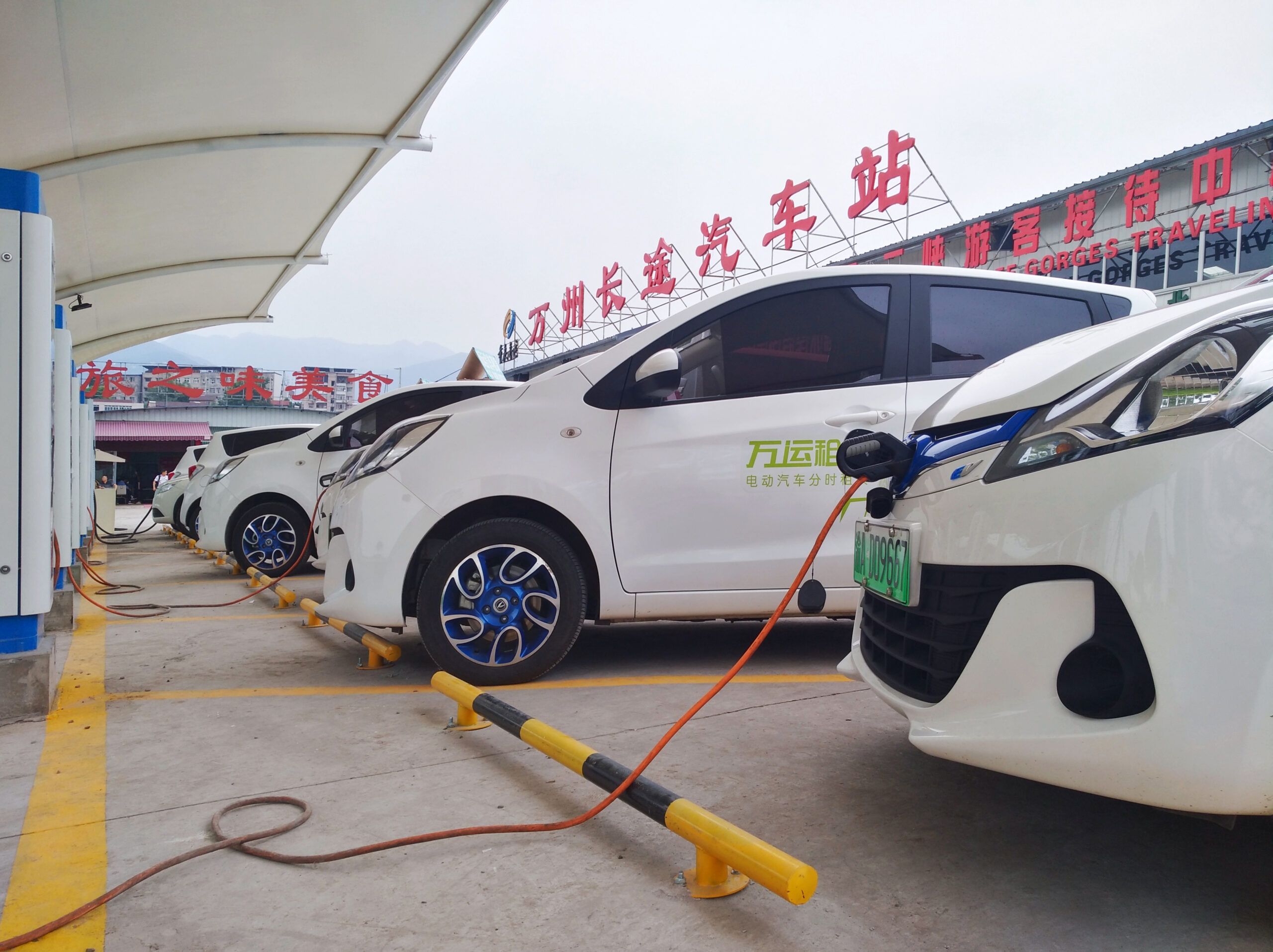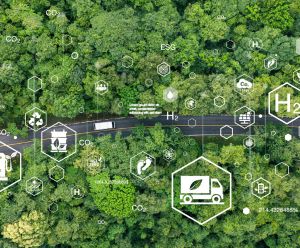到2030年,电动汽车(EV)可能会占道路上行驶汽车的三分之一。但要想实现这个目标,供应链需要应对不同类型的电池、不统一的法规以及不断变化的物流状况,其中存在巨大的挑战。
“客户在供应链的不同阶段对多家供应商进行管理时,他们会发现其中存在重重困难,因为目前产品管理方式的相关流程并不统一,”DHL电动汽车团队商务事业部副总裁Fabio Sacchi解释道。
近年来,电动汽车的销售进入快车道。据国际能源机构报道,2019年全球汽车销售交易数量达到了创纪录的2100万笔,超过了之前2018年的最高水平,从而使全球电动汽车保有量达到720万辆。
大型咨询公司德勤(Deloitte)称,到2030年,全球电动汽车年销量将达到3110万辆。虽然作为电动汽车制造商的特斯拉仍然领先,但传统品牌――例如全球第二大电动汽车制造商大众、通用汽车(GM)和福特――都在奋起直追。
到2030年,预计大众一半的销售额将来自纯电动汽车;从目前到2025年,大众将总共投入730亿欧元资金专门用于未来技术研发。通用汽车2020年11月宣布将投入270亿美元(224.8亿欧元)开发电动汽车和无人驾驶汽车,而福特已经推出野马和F-150卡车的电动车型。
电池谜题
当前,供应链面临着为电动汽车获取能源的障碍。原料只能在世界特定地方开采,因此会在电动汽车扩大生产规模时产生瓶颈。
“电池和电子元件主要是从亚洲采购的,主要是中国、日本和韩国等国家。由于电动汽车的保有量将急剧增加,因此我们需要利用DHL的运输网络和各种运输方式来运输这些危险品,同时也要应对不同形式电动汽车部件储存中的复杂因素和法规约束,”DHL客户解决方案和创新事业部部长、汽车交通行业主管Audrey Gerard说道。
而且电池也是没有标准尺寸的。较常用类型之一的锂离子电池是以电池芯、电池模块和电池组的形式提供的。汽车制造商需要加强物流规划,因为原始设备制造商(OEM)针对这三种电池的采购策略是不同的。
电池生产集中在亚洲――这意味着其他地区可能需要对电池制造进行投资才能保持供应链的竞争力。
例如,过去几年内,德国汽车制造商戴姆勒(Daimler)迅速做出调整。它在中国北京和阿拉巴马州塔斯卡卢萨建设了新的电池生产设施,以巩固它在这些市场中的地位。
不断变化的角色和金融影响
电池的使用不断减少了待运输车辆部件的总量,从而改变了汽车制造商和供应商的角色。排气系统、燃油系统、变速箱――这些都是内燃机(ICE)汽车不可或缺的部分――已经不再是必需品。
过去十年内,中国成为包括电池在内的电动汽车部件的全球最大生产国,也是全球主要电动汽车市场。
据弗若斯特沙利文(Frost & Sullivan)商务咨询公司预测,ICE汽车动力系统部件的40-50%将不会出现在未来的电动汽车中。
传统供应商还将面临电池价格不断下跌的局面以及传统汽车供应链之外的企业竞争――这些企业目前是电动汽车电池的主要制造商。
这会造成什么局面?随着电动汽车普及率的提高,供应商的潜在市场将不断萎缩,而且利润率会不断收窄。提供ICE车辆部件的供应商不得不开展多元化经营,以便在市场中保留一定的份额,否则就会承担收入下降的风险。
复杂而不统一的电池法规
另一个问题在于运输和储存法规。每个地区内,甚至在同一个国家内,主管机关关于电池的运输和储存方式没有统一的规则。
涉及到受损电池和有缺陷电池时,又会出现其他复杂因素。电池不能空运,而且在公路运输或海运以及储存期间还需满足其他要求。
然而,各国可以将欧洲作为参考。《危险品公路运输欧洲协议》(ADR)对该地区内的危险品运输做出了规定,其中给出了危险品包装、装载固定、分类和标签方面的公路运输规则。
《危险品公路运输欧洲协议》还对每个阶段电池的处理提出了明确要求:新电池/旧电池、有缺陷电池或临期电池,其中必须在技术上以更先进的方式对电池进行管理。如今,所有欧盟成员国都遵守这项协议。
电动汽车行业变化概览
电气化对汽车交通供应链的多方面影响都表明了一种需求:即针对电动汽车供应链采用一体化物流,从新车设计和生产开始直到回收利用及之后阶段。
“汽车行业正在经历剧变。随着电动汽车需求量的增长以及工程技术与现代技术之间的融合,物流企业也必须对自身的产品和服务进行调整,”DHL客户解决方案和创新事业部全球汽车交通总裁Fathi Tlatli说道。
德国邮政DHL集团(DPDHL)最近实施了DHL EV TV计划,旨在帮助客户更好地了解汽车物流行业以及支持电动汽车行业的解决方案。
该系列节目包含12个主要节目并以网络研讨会和播客作为支持平台,包含整个价值链中对于电动汽车革命不可或缺的深入见解和研究结果。
DHL电动汽车团队的资深供应链专家将凭借电动交通不同方面的经验,阐述从能源生产和车辆续航里程到电池储存和安全的各种主题――这些主题对于建设适应性、高效率的电动汽车供应链至关重要。
如需了解电动汽车供应链的更多信息,敬请关注EV TV系列最新节目或者立即联系我们的汽车交通专家。











 简体中文
简体中文